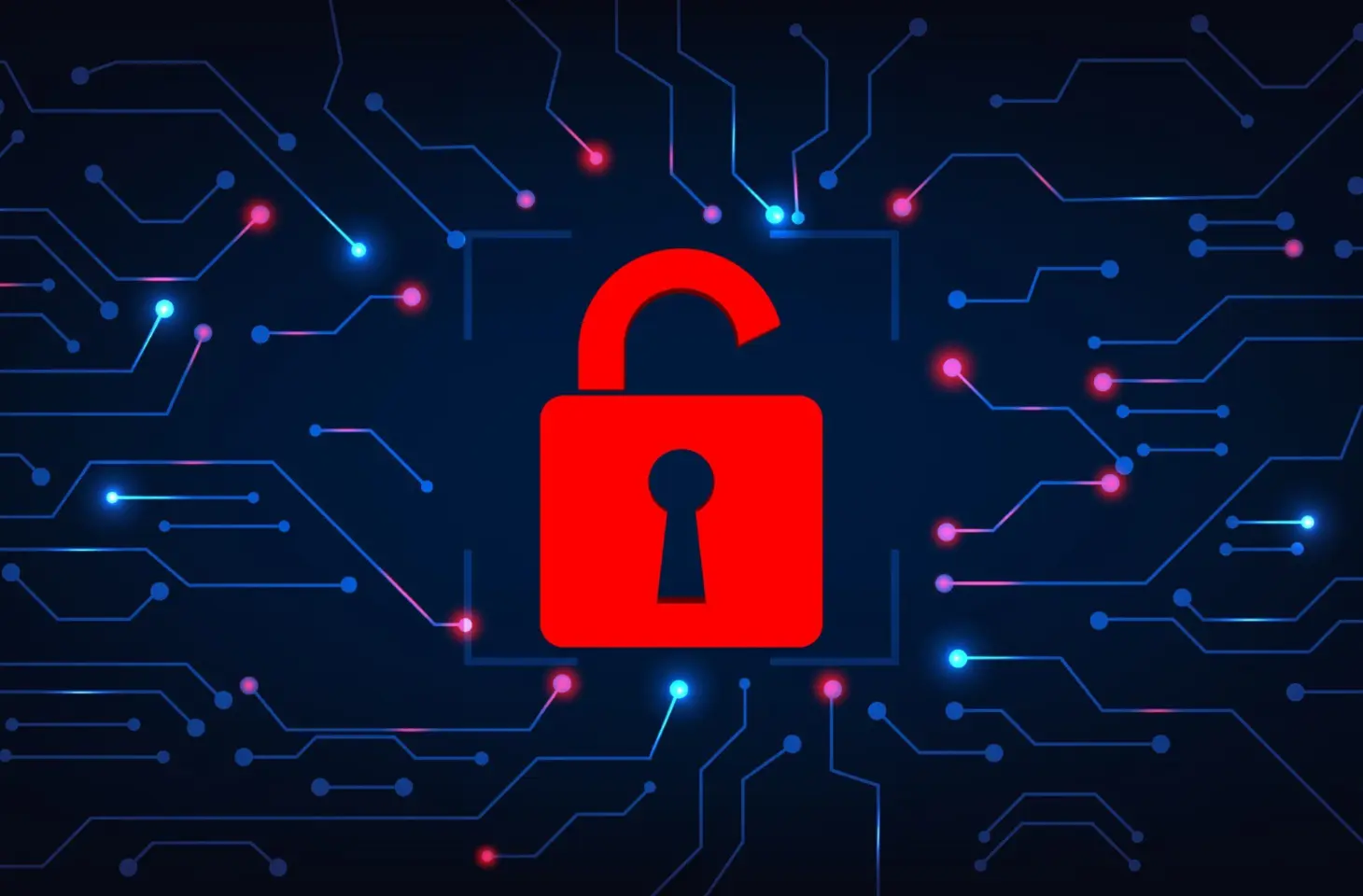AI-driven attacks, quantum computing and again phishing will define the digital threat landscape in 2025, Check Point believes.
The end of the year approaches and prediction season begins. Security specialist Check Point is the first to shed light on the 2025 threat landscape. Some new technologies are discussed, although the main theme is: more of the same. We list Check Point’s predictions.
AI and suppliers
AI will play a prominent role in cyber attacks thinks Check Point. Cybercriminals are increasingly using AI to create personalized phishing attacks and malware that adapts to real-time data. This democratizes cybercrime, allowing even less experienced hackers to carry out large-scale attacks.
The use of AI tools such as ChatGPT also carries risks. Improper application can lead to data breaches as employees inadvertently share sensitive data. Organizations should establish stricter controls and guidelines to mitigate these risks.
read also
Like a lion in a cage: how SMEs are affected by NIS2
At the same time, ransomware attacks will more often target critical supply chains. With AI-generated phishing emails and deep-fake impersonations, attackers can circumvent security measures. The European NIS2 regulations place great importance on suppliers for a reason, so Check Point is kicking in a bit of an open door here.
Kwantum
Quantum computing poses another major challenge, according to Check Point, although the company immediately nuances that prediction. While large-scale quantum attacks are not yet imminent, quantum-safe encryption is becoming essential.
read also
Cyber threats in 2025 according to Check Point: AI and more of the same
This is especially true in sectors such as finance and health care. Data encrypted today will also be sensitive in such sectors within a decade. If quantum computers do manage to break the encryption used then, the data will be at risk. So quantum secure encryption should be ahead of quantum computers by a wide margin.
AI as a security specialist
Security Operations Centers (SOCs) will deploy AI copilots to analyze large amounts of data and better prioritize threats, according to Check Point. This increases the efficiency and response time of security teams. In addition, the roles of CIO and CISO are shifting toward integrated risk management, driven by the rise of AI and hybrid cloud environments.
At the same time, cloud security platforms are becoming increasingly dominant. Tools such as CNAPP help organizations secure multi-cloud environments, with a focus on proactive rather than reactive defense.
Social media and IoT
For IoT devices, of which there are expected to be 32 billion by 2025, security remains a major concern, according to Check Point. Attackers can use poorly secured devices as a gateway to wider networks. This has been the case in recent years.
Social media is becoming an increasingly important target for attackers. Personal data is being used for scams and convincing deepfakes. This can impact both financial transactions and the security of organizations, Check Point believes. Indeed, with the help of data posted by employees on social media, attackers can devise very convincing phishing strategies.
Few unique trends
Based on predictions, 2025 will be a continuation of 2024. Few truly new threats are poised to shake up the threat landscape, although the role of AI will become more prominent. The impact on phishing could be especially significant. More than ever, criminals can roll out targeted and persuasive campaigns on a large scale.
Nor should the role of AI in the automation of defense be underestimated. Such automation allows companies to adequately protect themselves, even if suitable personnel are scarce and not affordable for every organization.
